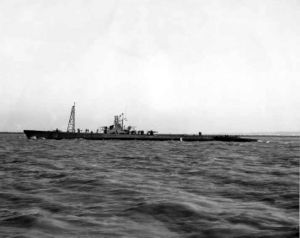
USS Pampanito (SS-383/AGSS-383), a Balao-class submarine, was a United States Navy ship, the third one named for the pompano fish. She completed six war patrols from 1944 to 1945 and served as a Naval Reserve Training ship from 1960 to 1971. She is now a National Historic Landmark, preserved as a memorial and museum ship in the San Francisco Maritime National Park Association located at Fisherman's Wharf.

USS Dace (SS-247), a Gato-class submarine, was the first submarine of the United States Navy to be named for any of several small North American fresh-water fishes of the carp family.
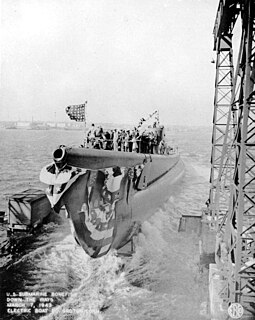
USS Bonefish (SS-223) was a Gato-class submarine, the first United States Navy ship to be named for the bonefish.

USS Growler (SS-215), a Gato-class submarine, was the third ship of the United States Navy named for the growler. Her keel was laid down by the Electric Boat Company of Groton, Connecticut. She was launched on 2 November 1941 and sponsored by Mrs. Lucile E. Ghormley, wife of Vice Admiral Robert L. Ghormley, Special Naval Observer to the United Kingdom. The boat was commissioned on 20 March 1942 with Lieutenant Commander Howard W. Gilmore in command.

USS Kete (SS-369), a Balao-class submarine, was the only ship of the United States Navy to be named for the kete, the foureye butterflyfish Chaetodon capistratus. Her keel was laid down by Manitowoc Shipbuilding Company of Manitowoc, Wisconsin. She was launched on 9 April 1944 sponsored by Mrs. E. S. Hutchinson, and commissioned on 31 July with Commander R. L. Rutter in command.

USS Darter (SS-227), a Gato-class submarine, was the first ship of the United States Navy to be named for the darter.

USS Scamp (SS-277), a Gato-class submarine, was the first ship of the United States Navy to be named for the scamp grouper, a member of the family Serranidae.

USS Tuna (SS-203) was a United States Navy Tambor-class submarine, serving in the Pacific during World War II and earning seven battle stars for her service. After the war, she participated in the Bikini Atoll atomic testing in 1946.

USS Drum (SS-228) is a Gato-class submarine of the United States Navy, the first Navy ship named after the drum, a type of fish. Drum is a museum ship in Mobile, Alabama, at Battleship Memorial Park.

USS Finback (SS-230), a Gato-class submarine was the first ship of the United States Navy to be named for the finback.
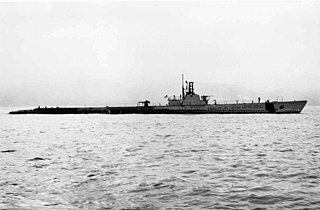
USS Cero (SS-225), a Gato-class submarine, was the first submarine and second ship of the United States Navy to be named for the cero.

USS Flying Fish (SS/AGSS-229), a Gato-class submarine, was the first submarine and second ship of the United States Navy to be named for the flying fish.
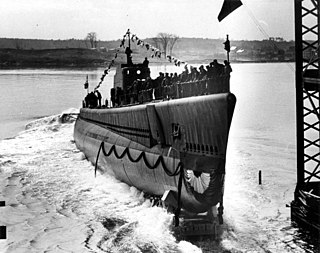
USS Kingfish (SS-234), a Gato-class submarine, was the first ship of the United States Navy to be named for the kingfish.
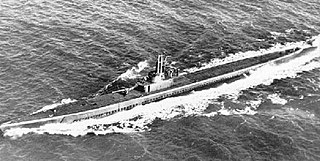
USS Flasher (SS-249) was a Gato-class submarine which served in the Pacific during World War II. She received the Presidential Unit Citation and six battle stars, and sank 21 ships for a total of 100,231 tons of Japanese shipping, making her one of the most successful American submarines of the War.
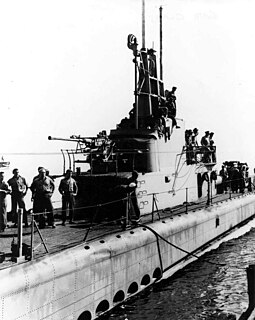
USS Gabilan (SS-252), a Gato-class submarine, was the only ship of the United States Navy to be named for the gabilan, an eagle-ray fish of the Gulf of California.

USS Mingo (SS-261) — a Gato-class submarine — was the first ship of the United States Navy to be named for the mingo snapper.

USS Muskallunge (SS-262), a Gato-class submarine, was a ship of the United States Navy named for the muskallunge.

USS Seahorse (SS-304), a Balao-class submarine, was the first submarine and second ship of the United States Navy to be named for the seahorse, a small fish whose head and the fore part of its body suggest the head and neck of a horse.

USS Sennet (SS-408) was a Balao-class submarine, a ship of the United States Navy named for the sennet, a barracuda.
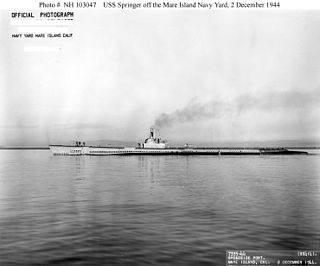
USS Springer (SS-414) was a Balao-class submarine of the United States Navy, named after the springer, a Grampus.
